Chile’s Torres del Paine is a breathtaking destination for outdoor lovers. This UNESCO Biosphere Reserve spans over 181,000 hectares, featuring granite peaks, glaciers, and diverse wildlife. Whether you’re a seasoned trekker or prefer shorter walks, the park offers unforgettable views.
The weather here is unpredictable, with sudden storms and strong winds. Yet, the raw beauty of glacial lakes and rugged landscapes makes every step worthwhile. From spotting guanacos to marveling at Andean condors, nature thrives in every corner.
For those seeking adventure, the park’s trails range from accessible day hikes to challenging multi-day treks. The famous W and O circuits showcase the best of Patagonia’s wild charm. Just remember to pack for all conditions—Patagonia’s climate keeps you on your toes.
Table of Contents
Key Takeaways
- Torres del Paine is a UNESCO Biosphere Reserve with dramatic landscapes.
- The park features diverse wildlife, including guanacos and Andean condors.
- Weather can shift quickly, requiring careful preparation.
- Trails range from short day hikes to multi-day treks like the W and O circuits.
- Glacial lakes and granite peaks create unforgettable scenery.
Discover the Wonders of Torres del Paine National Park
Few places on Earth match the raw beauty of this UNESCO Biosphere Reserve. Spanning over 181,000 hectares, the Paine National Park dazzles with glaciers, turquoise lakes, and jagged peaks. Its iconic granite towers—Las Torres—rise dramatically against Patagonian skies, creating a landscape photographers dream of.
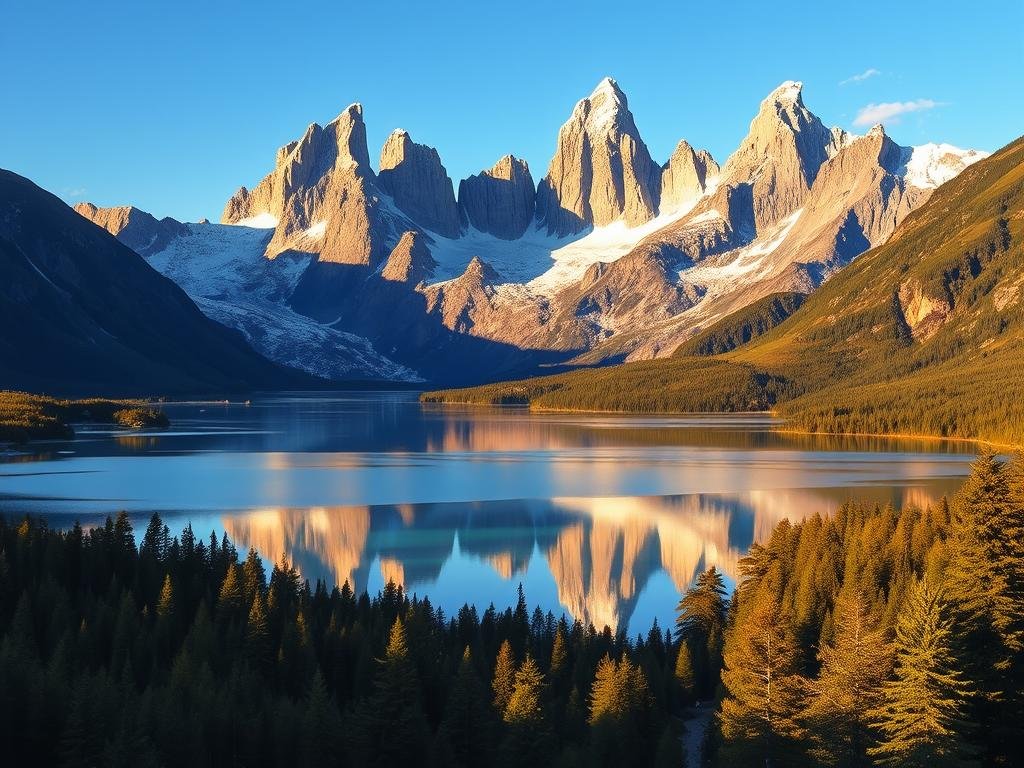
Why This Park Belongs on Your Bucket List
The Paine Massif is a geological masterpiece. These granite giants formed over 12 million years ago, sculpted by ancient ice and wind. Their sheer scale becomes clear when you spot hikers—tiny specks against 2,500-meter walls.
Wildlife thrives here. Guanacos graze near Laguna Azul, while pumas roam the eastern sectors. Join specialized tracking tours for rare sightings. Even condors circle overhead, their wings spanning three meters.
Weather keeps things exciting. You might start a hike in sunshine, face horizontal rain by noon, and finish in snowfall. Pack layers and waterproof gear—Patagonia’s mood changes fast.
Best Time to Visit for Optimal Hiking Conditions
Summer (December-February) brings 16+ daylight hours but crowded trails. Book campsites six months ahead—demand skyrockets. Temperatures hover around 55°F (13°C), though winds can hit 90 km/h.
Shoulder seasons (October-November, March-April) offer solitude. Fewer visitors mean quieter trails and cooler 45-50°F (7-10°C) days. Some services scale back, so check park accessibility before traveling.
Winter (May-September) transforms the park into a snow globe. Most trails close, but photographers brave the cold for frozen waterfalls and blue-ice glaciers. Limited lodges remain open—pack serious cold-weather gear.
Iconic Day Hikes for Stunning Views
Patagonia’s rugged wilderness offers unforgettable day hikes with dramatic views. These trails pack glaciers, waterfalls, and granite towers into single-day adventures. Whether you seek sunrise reflections or wind-swept overlooks, each route delivers unique rewards.
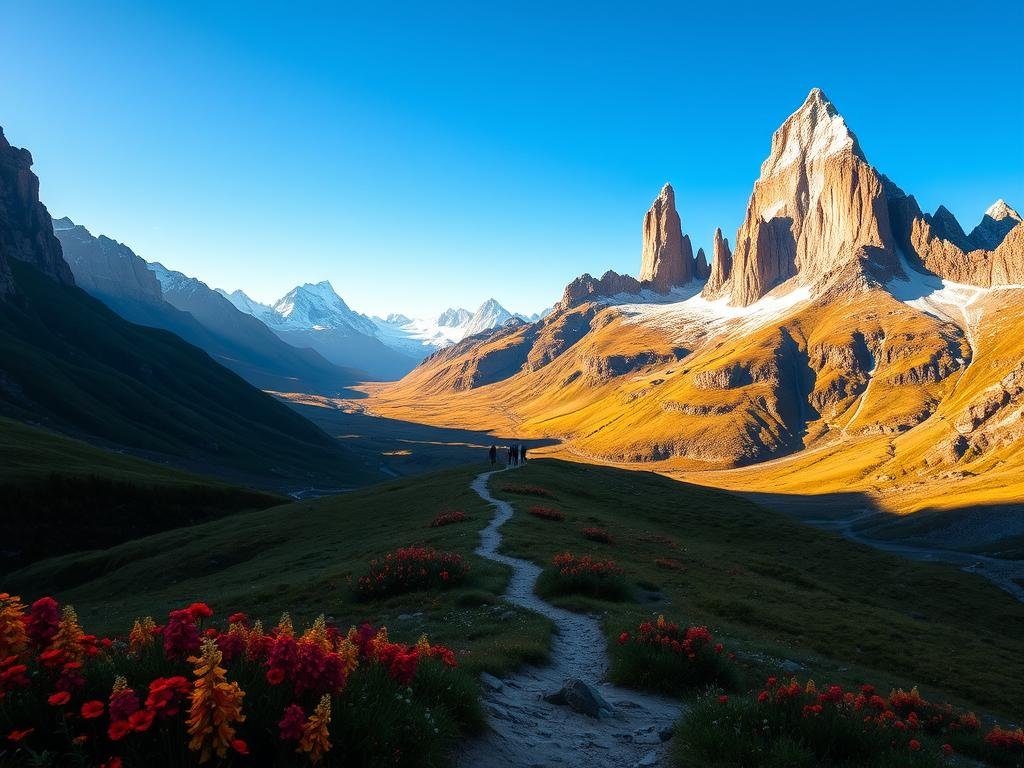
Mirador Torres del Paine: The Crown Jewel
The 18km round trip to Mirador Torres challenges hikers with a 1,000m elevation gain. Pre-dawn starts beat crowds and reveal sunrise-lit peaks. The final scramble over glacial moraines tests endurance—pack layers for summit temps below freezing.
Salto Grande Waterfall and Mirador Cuernos
A 1-hour walk from Pudeto leads to Salto Grande’s thunderous cascade. Afternoon light paints the falls gold—ideal for photographers. Pair it with Mirador Cuernos for a 2.5-hour loop, but brace for 90 km/h winds.
Laguna Azul to Laguna Cebolla: A Hidden Gem
This 16km east-side trek offers solitude and mirror-like Torres reflections. Explora Lodge guests access private trails, while others pay $50 for catamaran rides. Allow 4 hours to soak in the serene Laguna Azul vistas.
| Trail | Distance | Duration | Elevation Gain | Best Time |
|---|---|---|---|---|
| Mirador Torres | 18km | 7–9 hours | 1,000m | Sunrise |
| Salto Grande Loop | 8km | 2.5 hours | 150m | Afternoon |
| Laguna Azul-Cebolla | 16km | 4 hours | 280m | Morning |
Pro Tip: GPS tracks help navigate foggy sections—like the author’s near-miss at Mirador Torres. Check closures post-snowfall.
Challenging Treks for Adventure Seekers
For those craving rugged terrain and epic vistas, Patagonia delivers heart-pounding routes. These demanding trails test endurance while rewarding hikers with untouched landscapes and jaw-dropping panoramas.

Valle Frances: The Heart of the W Trek
The French Valley offers 21km of dramatic cliffs and hanging glaciers. Starting from Refugio Los Cuernos, this 10-hour trek leads through beech forests to the valley’s amphitheater.
Extend your hike 3.5km further to Mirador Británico for panoramic views of the Paine Massif. Rockfall risks increase in high winds—pack a helmet if venturing beyond the main trail.
Glacier Grey Viewpoint: A Frozen Spectacle
From Paine Grande, a 24km round trip reveals Glacier Grey’s towering blue walls. Time your hike with the 9 AM catamaran for optimal daylight. Refugio Grey provides overnight stays for multi-day explorers.
Adventurous souls can kayak among icebergs near Hotel Lago Grey. These guided tours get you within arm’s reach of ancient ice formations.
Mirador Ferrier: The Ultimate Panorama
This steep 3km climb gains 700m elevation in just 4 hours. Unmarked sections require hiking poles and careful footing. The summit rewards with 360° views of ice fields and turquoise lakes.
| Trek | Distance | Duration | Elevation Gain | Key Feature |
|---|---|---|---|---|
| Valle Frances | 21km | 10 hours | 800m | Granite amphitheater |
| Glacier Grey | 24km | 8 hours | 450m | Iceberg kayaking |
| Mirador Ferrier | 3km | 4 hours | 700m | Panoramic ice fields |
Pro Tip: Vertice Patagonia’s guided treks handle permits and logistics. Whiteout conditions forced our team to abandon Valle Frances—always check forecasts.
Easy Walks for Leisurely Explorers
Not all trails in this region require strenuous effort—some offer stunning scenery with minimal exertion. These gentle routes are perfect for families, photographers, or anyone seeking a relaxed way to soak in Patagonia’s beauty.
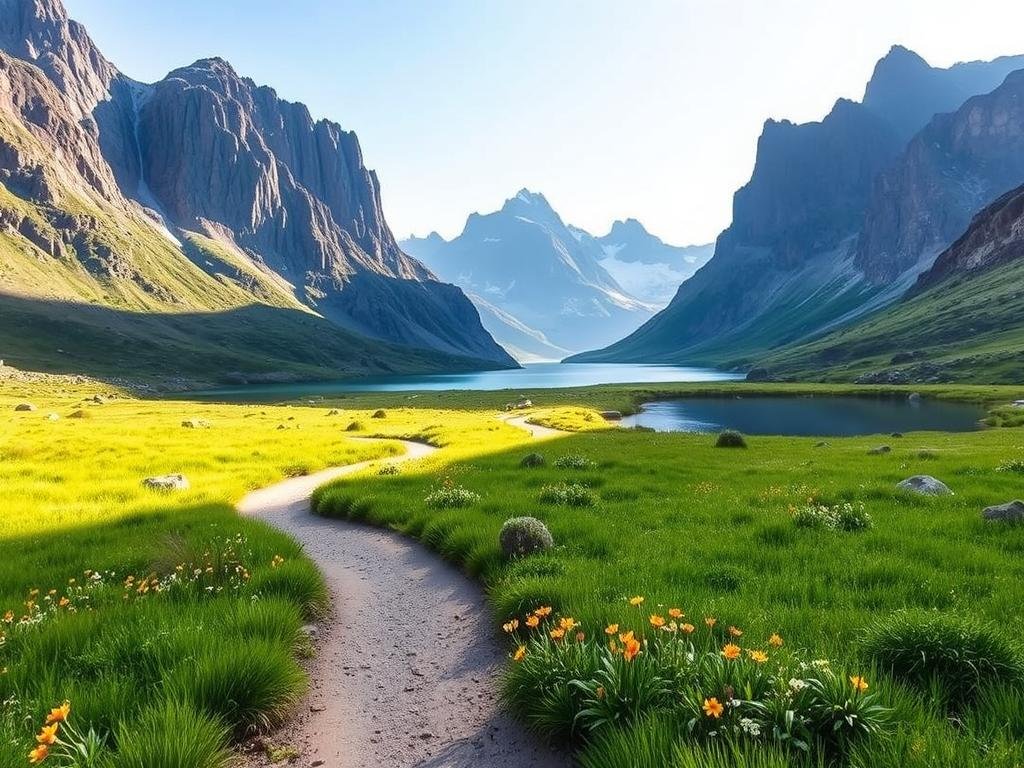
Salto Chico Falls Near Explora Lodge
A hidden gem, the 40-minute loop to Salto Chico Falls starts behind Explora Lodge. The trail winds through native forests, ending at a cascading waterfall. Day passes ($30) grant spa access—ideal for post-hike relaxation.
Mirador Condor: Short but Spectacular
This 3km hike from Lago Pehoé takes just 1.5 hours. The 200m elevation gain rewards with panoramic views of the Paine Massif. Sunset brings condor sightings—wheelchair users can enjoy the first 500m.
| Trail | Distance | Duration | Elevation | Highlight |
|---|---|---|---|---|
| Salto Chico | 2km | 40min | 50m | Waterfall & spa |
| Mirador Condor | 3km | 1.5h | 200m | Condor sightings |
| Vista al Glaciar | 5km | 1h | 100m | Glacier views |
Pro Tip: Combine Mirador Condor with Lago Grey’s Vista al Glaciar walk for a low-effort day hike. The author spotted guanacos here during a stormy afternoon. For more sunrise inspiration, explore Arizona’s best sunrise hikes.
Practical Tips for Your Torres del Paine Adventure
Exploring this UNESCO Biosphere Reserve requires smart planning. From securing campsites to packing for unpredictable weather, preparation makes all the difference. Follow these essential tips to maximize your experience in this breathtaking wilderness.
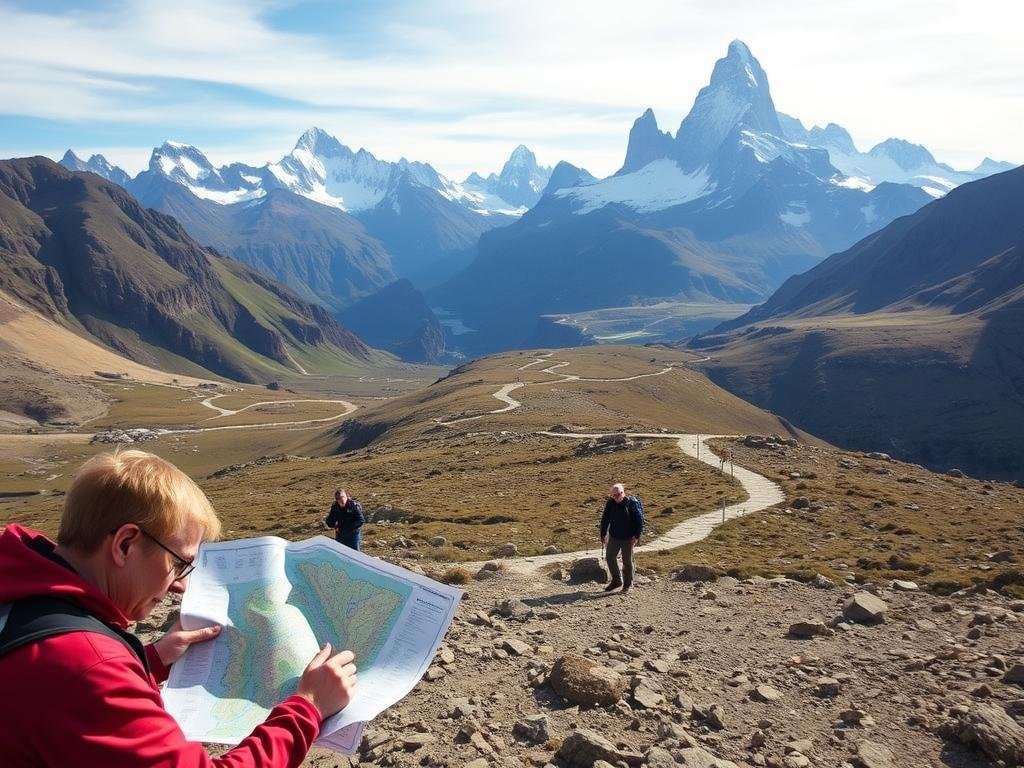
Where to Stay: Camping vs. Lodges
Budget-friendly camping starts at $15/night at Lago Pehoé, while luxury domes at EcoCamp cost $800. Reserve CONAF sites through Vertice Patagonia—printed confirmations are mandatory for park rangers.
Refugio Paine Grande offers basic amenities but sells fuel on-site. Remote areas like Campamento Grey require advance bookings six months ahead.
Getting There: Transportation and Park Access
Buses from Puerto Natales to Laguna Amarga take 2 hours and cost $15. Arrive early—the 6:40 AM Bus Sur departure aligns with catamaran schedules.
Rental 4x4s ($50/day) provide flexibility for accessing Laguna Azul. Park entry fees are $35,000 CLP for stays over three days—pay online via ASECH.
Packing Essentials for Patagonian Weather
Layering is critical. Start with merino wool base layers, add fleece insulation, and top with waterproof shells like the Berghaus Ridgemaster. Microspikes prevent slips on icy trails.
Don’t forget:
- High-SPF sunscreen and insect repellent
- Satellite phones for backcountry emergencies
- Cash—many park vendors don’t accept cards
| Category | Essential Item | Pro Tip |
|---|---|---|
| Footwear | Waterproof hiking boots | Break them in before your trip |
| Safety | First aid kit | Include blister plasters and painkillers |
| Navigation | GPS device | Download offline maps |
Pro Tip: Erratic Rock in Puerto Natales rents gear and offers last-minute weather briefings. Their packing lists saved the author’s group during a sudden snowstorm.
Conclusion
Exploring this UNESCO Biosphere Reserve is more than just a trek—it’s a transformative journey. The Torres del Paine challenges hikers with unpredictable weather, but the rewards are unmatched. Every step reveals turquoise lakes, granite spires, and wildlife encounters that linger in memory.
Adaptability is key. Pack for four seasons in one day, and consider guided tours like Swoop Patagonia’s 9-day women’s trek for added support. Offline maps, like those on Maps.me, ensure you stay on track when trail markings fade.
This park isn’t just a destination—it’s a rite of passage. Share your stories or start planning your next adventure. The views alone make every challenge worthwhile.

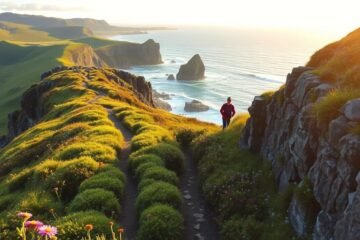
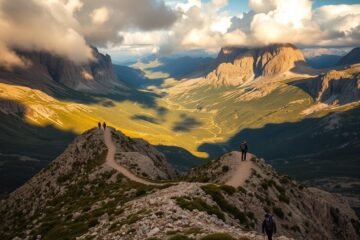
0 Comments